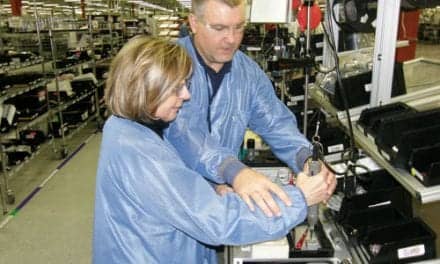When active sport is at the center of a profession or education, pain is often a constant companion – pain being defined in this case as physical and psychological symptoms.
“One in three top athletes suffers significant pain,” explains Dr Johannes Fleckenstein, private lecturer at Goethe University. This is an issue that generally tends to be neglected, but he has made it the main focus of his classes, according to a media release from Goethe University Frankfurt.
This led to a master’s thesis in which the author Anke Bumann looks predominantly at the situation of sport students. Bumann sent her questionnaire to the students of 89 sport sciences institutes in German-speaking regions. The response was impressive: 865 individuals took part, 664 completed the entire form, some adding very detailed answers in their own words.
The basis of the survey was the “German pain questionnaire” of the German Pain Society, supplemented by specific aspects such as athleticism, extent of training, self-efficacy and resilience. They were asked in which and how many regions of the body pain occurs, which injuries and other diagnoses are present, as well as psychological factors, alcohol consumption and sleep quality.
The study, published in the Journal of Sports Science & Medicine, indicates that one in four of the presumably healthy young individuals suffers from pain and shows occurrence of what are known as biopsychosocial factors that can foster pain, in particular stress resulting from high performance pressure. More than half of those surveyed feel pain in two or more regions of the body – although most of them report a relatively high pain tolerance.
Compared with others their age, sport students have more frequent depressions, anxiety and stress, while at the same time their self-compassion was significantly lower. On average, the students train five to seven hours a week and consume more painkillers (analgesics) and alcohol. More than 60% report sleep disorders.
The findings are the same for all types of sports, with only the location of the pain being different. The lack of self-compassion for their own bodies and its limitations leads, however, to the condition becoming chronic and increasingly difficult to change.
The qualitative answers make it clear that the need is great: There was a frequent expression of happiness that attention was now being paid to the issue and for the opportunity to express one’s problems, the release explains.
Fleckenstein hopes that if students confront and discuss this issue early, it will help them deal with it more openly – without the fear of being branded as “wimps.” In his opinion, teachers could also make a positive contribution by giving more consideration to the health of the candidates during practical exams. And when the sport scientists complete their studies and assume corresponding professional positions, they could gradually contribute to a change in attitudes.
“We have to finally stop trivializing the issue of pain in sports,” Fleckenstein demands. “It is alarming that pain disorders already occur in young and physically active students in this number.”
As professionalism increases, the authors surmise, the number of those affected also increases:
“An enormously high performance is demanded, and there is a lot of money involved,” Fleckenstein continues, in the release. For this reason, the study will now be continued with professional athletes, the researchers conclude.
[Source(s): Goethe University Frankfurt, EurekAlert]





